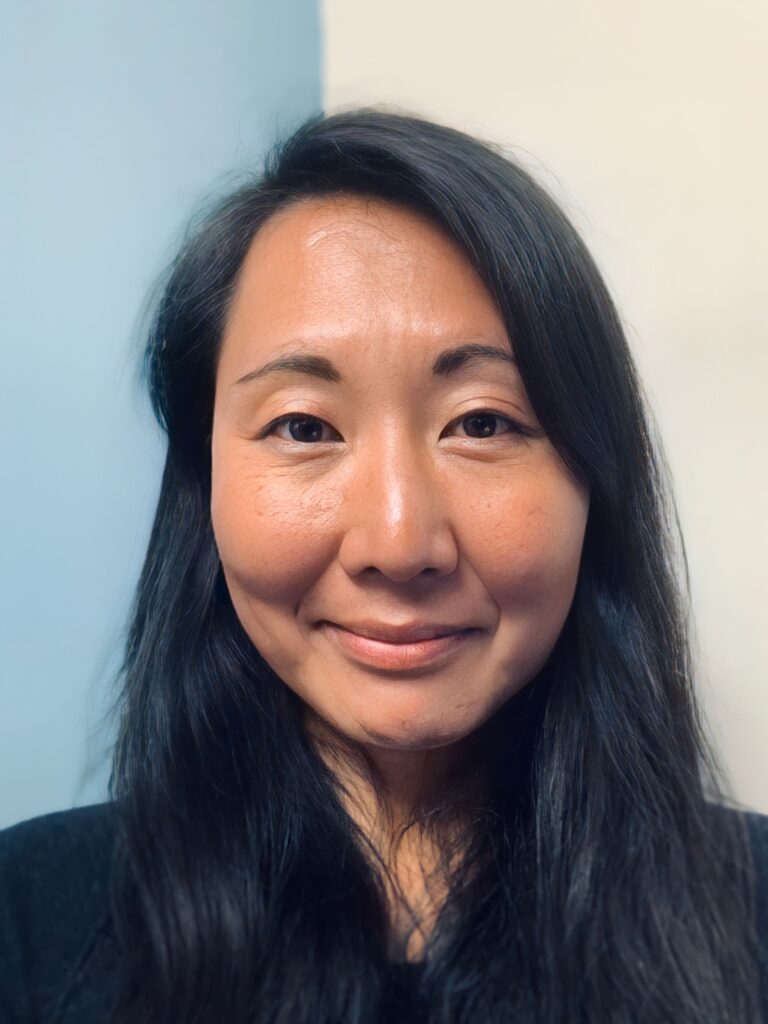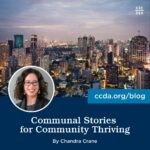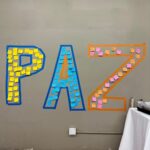It’s been nine months since wildfires devastated western Maui. Nine months. The same time it takes for a term birth. The same time it takes for students to complete a school year. It seems that nine months is a duration where so much growth and development can happen.
It was nine months ago that our islands in Hawaii woke up to the news that Lāhainā, Maui, was burning. For a moment, the whole world stared at our trauma. The world learned about Lāhainā’s famed banyan tree and breathed a sigh of relief when we discovered that after losing nearly 25,000 trees from the fire, this one survived. Nine months later, Lāhainā’s banyan tree continues to sprout new growth and arborists are prepping the hard work of pruning the tree.
The world heard the story of a disabled senior, Aunty Noni, who was rescued by a young CrossFit sportsman, Benny, by being hoisted over the rock wall and treading ocean water for over 10 hours before the Coast Guard transitioned them to safety. Nine months later, Aunty Noni continues to be safe with her extended family. The hero, Benny, originally a transplant from the mainland, continues to stay a part of the west Maui community.
The world watched this devastation together … but then a few weeks later, an earthquake hit Morocco and nearly three thousand lives were lost, while a storm consumed four thousand lives in Libya. Add to these tragedies the man-made travesties in Russia’s invasion of Ukraine and Israel’s fires over Gaza after Hamas’ attack.
It seems the whole world is fatigued by trauma and perhaps no longer watching and learning.
Lāhainā Nine Months Later
Nine months later, families of Lāhainā, one of the densest residences of native Hawaiian landowners, are still waiting to return to their family land to rebuild. The wait is difficult to watch. The already existing housing gap against the exponential rise of short-term rentals is fully exposed as rental units persist in accruing a steady revenue stream while residents continue to be displaced into extended family homes or limited hotel stays. The tension with tourism is difficult to watch.
The investigation of the origin of the fires has revealed the long-standing concern of land and water misuse. The native Hawaiian organization `Āina Momona released a statement on land health:
The fires that ravaged Maui Komohana will not be the last disaster to impact our people, land, resources, housing and economy. Throughout Hawaii large areas of land have been mismanaged for decades resulting in thousands of acres of dry fields dominated by non-native plants. These landscapes are further devastated by water diversion, unsustainable resource management, and the current economic drivers in Hawaii of tourism and development. Extractive colonialism and capitalism will lead to further devastation in our islands. The solution to preventing another disaster while also building a sustainable local economy is written in our past. Ahupua`a restoration will heal our `āina, replenish our water sources, restore native crops, and create jobs ground in sustainability and culture. Land use in Hawaii must be reciprocal.
The grief of the effects of colonialism and capitalism is exhausting to watch.
Nine months later, our community, Ma Ke Alo o (MKAO), which in Hawaiian means “presence,” continues to be present in the midst of such difficulty, tension, and grief. We have continued to focus on the four families in Lāhainā, watching and listening to their material, spiritual, and emotional needs. One family member, after receiving funds well after August, replied, “Oh my goodness!! That’s unbelievable! Thank you so much!! I’m speechless! MKAO has been an anchor to my recovery process!”
I recently shared this with my community amidst so much difficulty, tension, and grief in only a short nine months:
What do we do with this profound amount of grief? For some of us, we don’t know what to do with the assortment of (rightful) emotions that well up inside us – anger, anxiety, sorrow, etc. For others of us, we can’t help but just close the news or scroll to the next feed in order to keep our mental health in check. In many ways, either response leaves us paralyzed to know what to do in the midst of all of this trauma.
I wonder if a more suitable response is not necessarily just a personal response but more a communal response. I wonder if, as image-bearers, the imago Dei, of our missio Dei, our missional sending God, we are beautifully complex enough to personally hold a space for lament and acknowledgement of our global humanity’s trauma all the while communally responding to our local trauma. When Jesus sent his disciples out into the world, he started with their local place.
Nine months since the Lāhainā fires, we are still practicing presence, deeply rooted in our local place, trusting that the God who loves Hawaii and loves Maui Komohana has not once stopped watching and being fully present in the midst of difficulty, tension, and grief.
About Rev. Dr. Eun K. Strawser

Rev. Dr. Eun K. Strawser (she/her) is the co-vocational lead pastor of Ma Ke Alo o (which means “Presence” in Hawaiian), non-denominational missional communities multiplying in Honolulu, HI, a community physician at Ke Ola Pono, co-founder of `Iwa Collaborative, and a board member of the Christian Community Development Association (CCDA) with 20 years in both local and trans-local church planting work at executive levels. Prior to transitioning to Hawaii, she served as adjunct professor of medicine at the Philadelphia College of Medicine and of African Studies at her alma mater the University of Pennsylvania (where she and her husband served with InterVarsity Christian Fellowship) after finishing her Fulbright Scholarship at the University of Dar es Salaam. She is the author of Centering Discipleship: A Pathway for Multiplying Spectators into Mature Disciples (IVP). She and Steve have three seriously amazing children.





